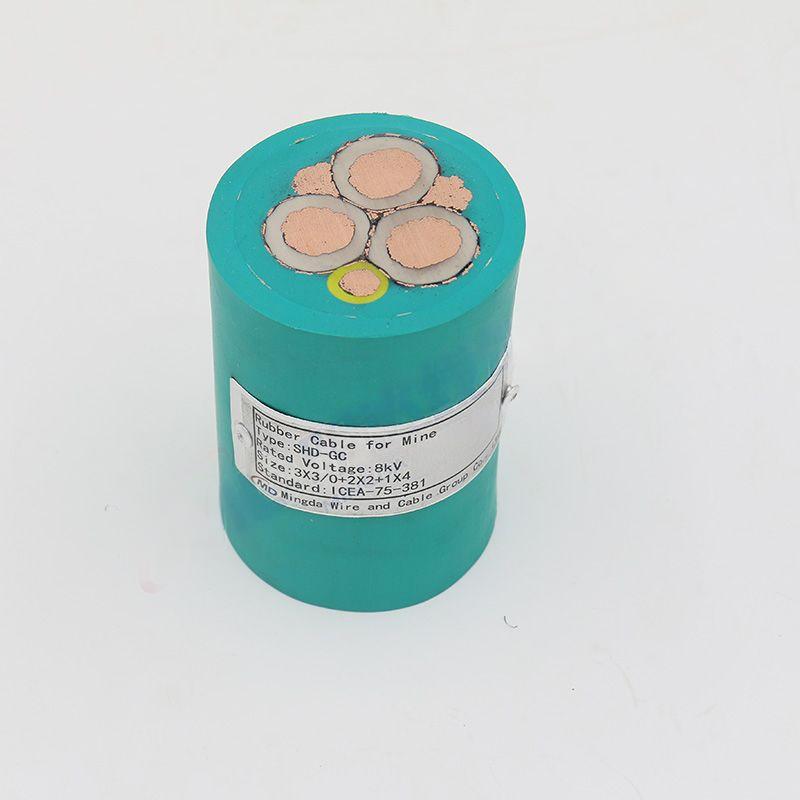ਸਤੰ. . 21, 2024 16:40 Back to list
flange type silent check valve
Understanding Flange Type Silent Check Valves
In industrial applications, the management of fluid flow is crucial for efficiency and safety. Among the various components used for this purpose, the flange type silent check valve has emerged as a popular choice due to its unique design and operational advantages.
A flange type silent check valve is specifically designed to prevent backflow in piping systems while minimizing the noise typically associated with traditional check valves. The “flange type” denotes the connection method used, where flanges are welded or bolted to the ends of the valve, allowing for secure installation within a pipeline. This design is particularly advantageous in applications involving high-pressure systems and large diameter pipes, making it a staple in water supply, sewage, and chemical processing industries.
One of the critical characteristics of silent check valves is their ability to reduce the risks associated with water hammer—a phenomenon where sudden changes in water flow can cause shock waves in the piping system, leading to potential damage. Traditional check valves tend to close abruptly, generating noise and shock. In contrast, the silent check valve employs a soft closure mechanism that allows the disc inside the valve to gradually return to its seat, which helps in reducing turbulence and minimizing noise.
flange type silent check valve

The construction of flange type silent check valves typically involves durable materials like cast iron, stainless steel, or bronze. This enhances their resistance to corrosion and mechanical wear, making them suitable for various environments, from freshwater systems to aggressive chemical applications. The choice of material and proper sealing techniques are crucial for ensuring longevity and reliability in service.
Another essential aspect of these valves is their flow characteristics. Silent check valves are designed to provide minimal resistance to the flow of fluids, which helps in maintaining efficiency in the overall system. Unlike globe or gate valves, which can create significant pressure drops, silent check valves permit smoother flow transitions, ensuring optimal operation.
Installation and maintenance of flange type silent check valves are relatively straightforward. They can be easily fitted into existing systems due to their flange design, and regular inspections can help detect any potential issues such as wear or debris that may obstruct the valve’s operation. It is crucial to install these valves in the correct orientation, as improper positioning can lead to malfunction and system inefficiencies.
In conclusion, flange type silent check valves play a pivotal role in modern piping systems, providing a reliable solution for preventing backflow while minimizing noise and flow resistance. Their robust design, coupled with ease of installation and maintenance, makes them an excellent choice for various industrial applications. As industries continue to prioritize efficiency and sustainability, the demand for reliable components like silent check valves is expected to grow, further cementing their position as essential elements in fluid management systems. Whether it’s for potable water systems or for sewage treatment, investing in high-quality flange type silent check valves is a proactive approach to enhancing operational reliability and safety.
Share
-
Reliable Wafer Type Butterfly Valves for Every IndustryNewsJul.25,2025
-
Reliable Flow Control Begins with the Right Ball Check ValveNewsJul.25,2025
-
Precision Flow Control Starts with Quality ValvesNewsJul.25,2025
-
Industrial Flow Control ReliabilityNewsJul.25,2025
-
Engineered for Efficiency Gate Valves That Power Industrial PerformanceNewsJul.25,2025
-
Empowering Infrastructure Through Quality ManufacturingNewsJul.25,2025